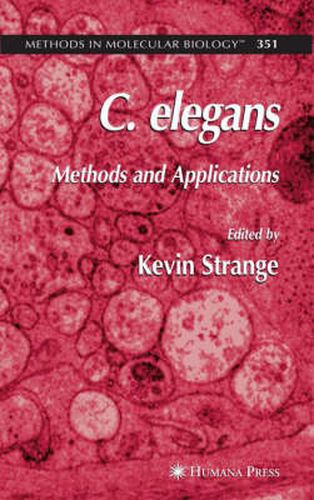Readings Newsletter
Become a Readings Member to make your shopping experience even easier.
Sign in or sign up for free!
You’re not far away from qualifying for FREE standard shipping within Australia
You’ve qualified for FREE standard shipping within Australia
The cart is loading…






This title is printed to order. This book may have been self-published. If so, we cannot guarantee the quality of the content. In the main most books will have gone through the editing process however some may not. We therefore suggest that you be aware of this before ordering this book. If in doubt check either the author or publisher’s details as we are unable to accept any returns unless they are faulty. Please contact us if you have any questions.
Molecular biology has driven a powerful reductionist, or molecule-c- tric, approach to biological research in the last half of the 20th century. Red- tionism is the attempt to explain complex phenomena by defining the functional properties of the individual components of the system. Bloom (1) has referred to the post-genome sequencing era as the end of naive reductionism.
Red- tionist methods will continue to be an essential element of all biological research efforts, but naive reductionism, the belief that reductionism alone can lead to a complete understanding of living organisms, is not tenable. Organisms are clearly much more than the sum of their parts, and the behavior of complex physiological processes cannot be understood simply by knowing how the parts work in isolation. Systems biology has emerged in the wake of genome sequencing as the s- cessor to reductionism (2-5). The systems of systems biology are defined over a wide span of complexity ranging from two macromolecules that interact to carry out a specific task to whole organisms. Systems biology is integrative and seeks to understand and predict the behavior or emergent properties of complex, multicomponent biological processes. A systems-level characteri- tion of a biological process addresses the following three main questions: (1) What are the parts of the system (i. e.
$9.00 standard shipping within Australia
FREE standard shipping within Australia for orders over $100.00
Express & International shipping calculated at checkout
This title is printed to order. This book may have been self-published. If so, we cannot guarantee the quality of the content. In the main most books will have gone through the editing process however some may not. We therefore suggest that you be aware of this before ordering this book. If in doubt check either the author or publisher’s details as we are unable to accept any returns unless they are faulty. Please contact us if you have any questions.
Molecular biology has driven a powerful reductionist, or molecule-c- tric, approach to biological research in the last half of the 20th century. Red- tionism is the attempt to explain complex phenomena by defining the functional properties of the individual components of the system. Bloom (1) has referred to the post-genome sequencing era as the end of naive reductionism.
Red- tionist methods will continue to be an essential element of all biological research efforts, but naive reductionism, the belief that reductionism alone can lead to a complete understanding of living organisms, is not tenable. Organisms are clearly much more than the sum of their parts, and the behavior of complex physiological processes cannot be understood simply by knowing how the parts work in isolation. Systems biology has emerged in the wake of genome sequencing as the s- cessor to reductionism (2-5). The systems of systems biology are defined over a wide span of complexity ranging from two macromolecules that interact to carry out a specific task to whole organisms. Systems biology is integrative and seeks to understand and predict the behavior or emergent properties of complex, multicomponent biological processes. A systems-level characteri- tion of a biological process addresses the following three main questions: (1) What are the parts of the system (i. e.